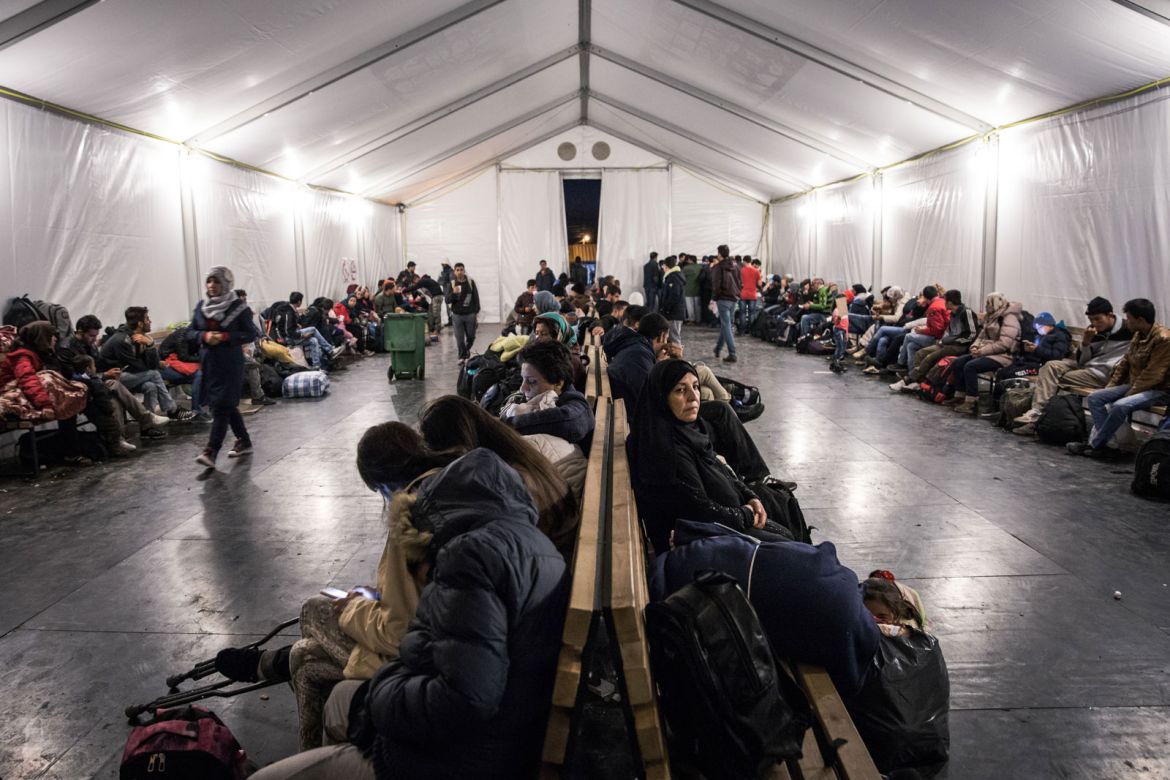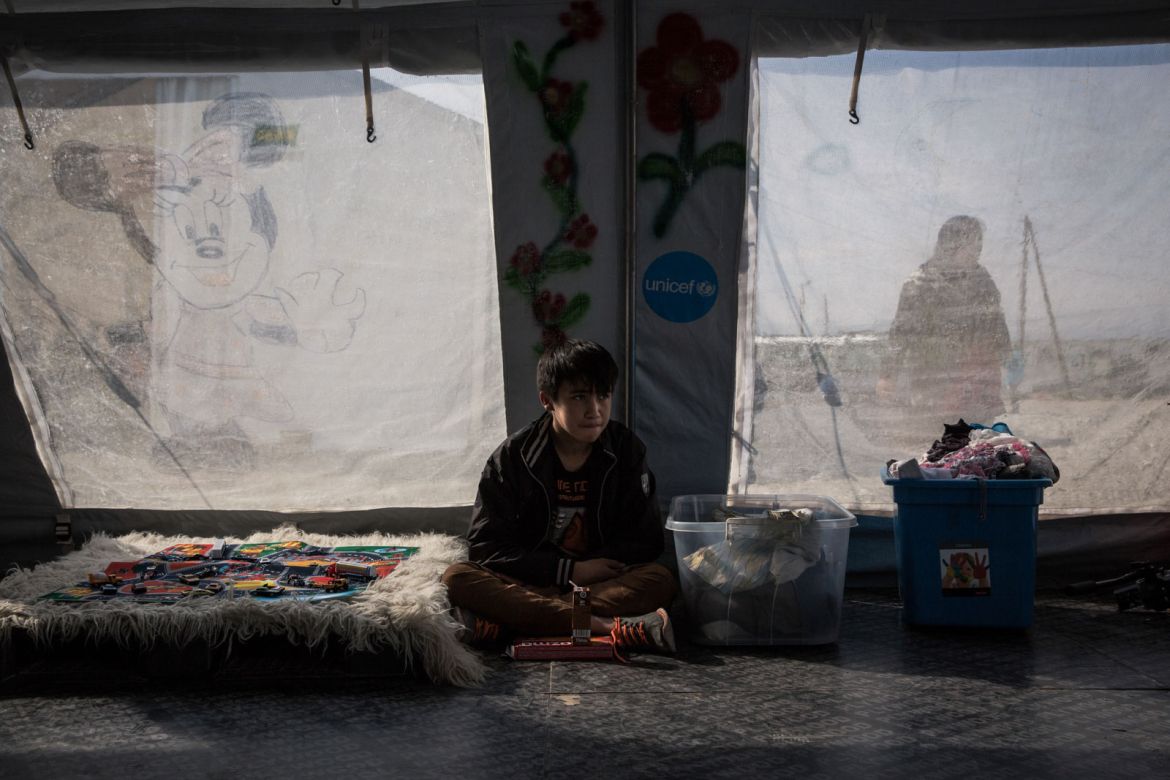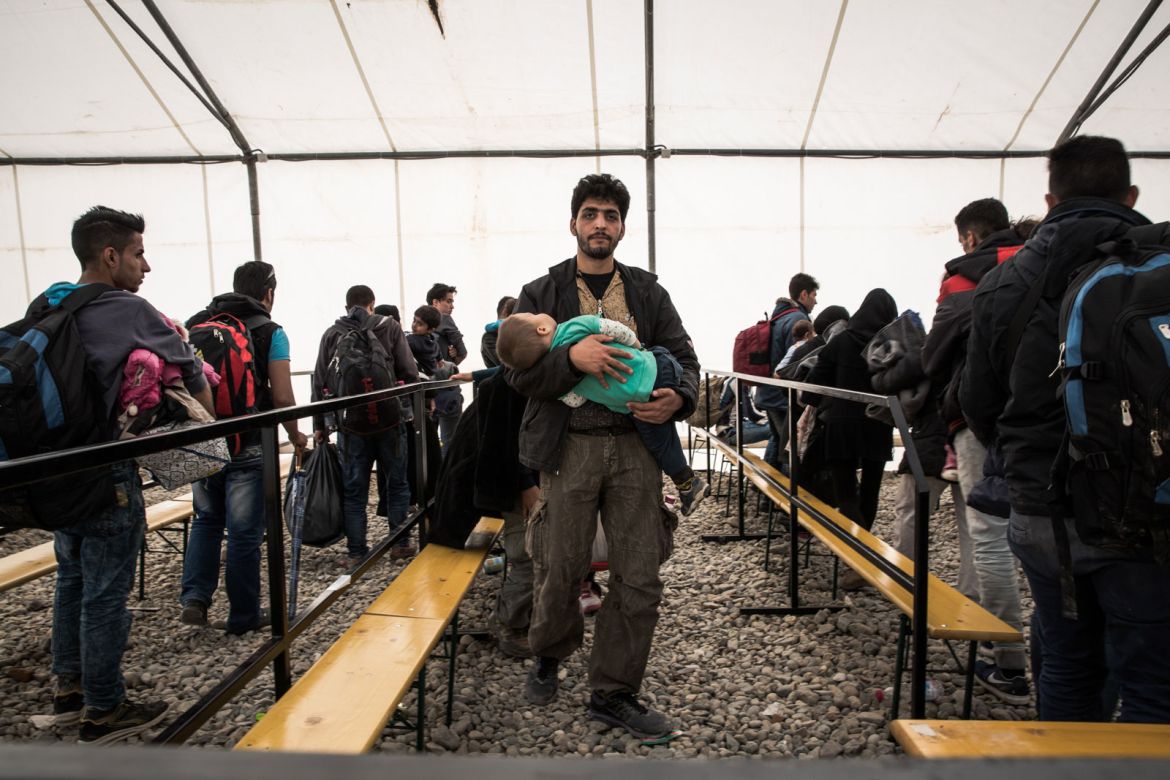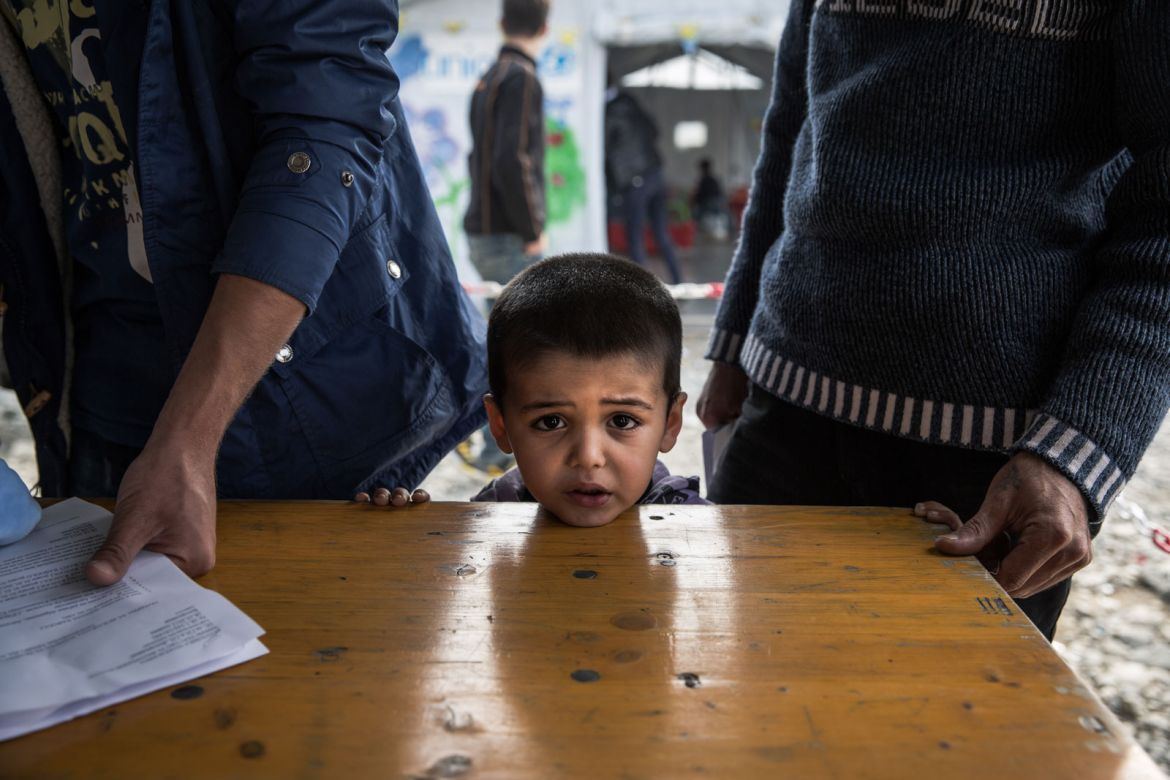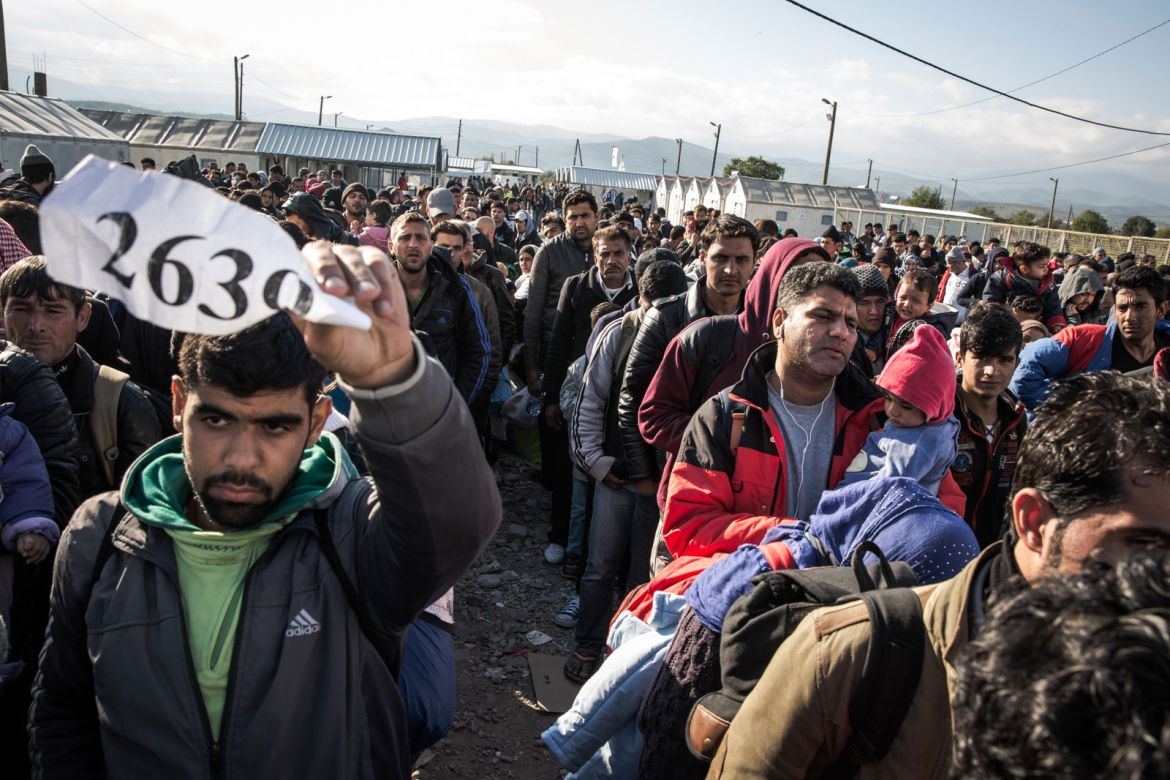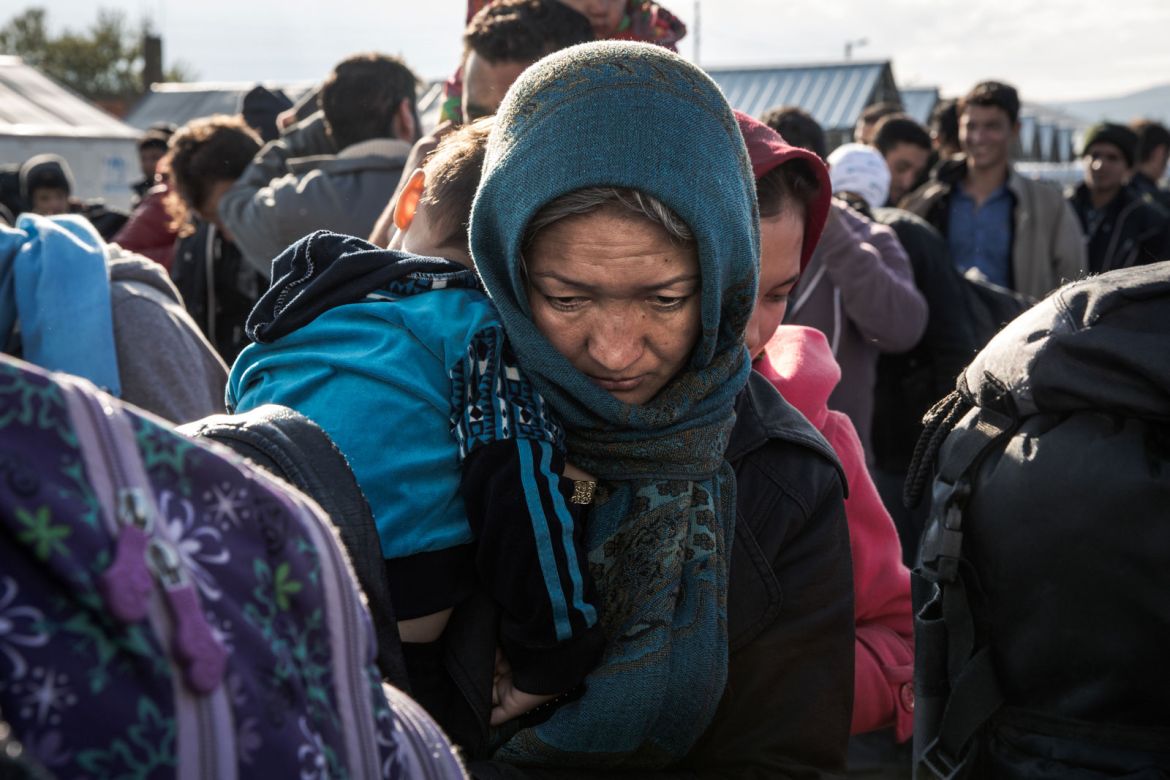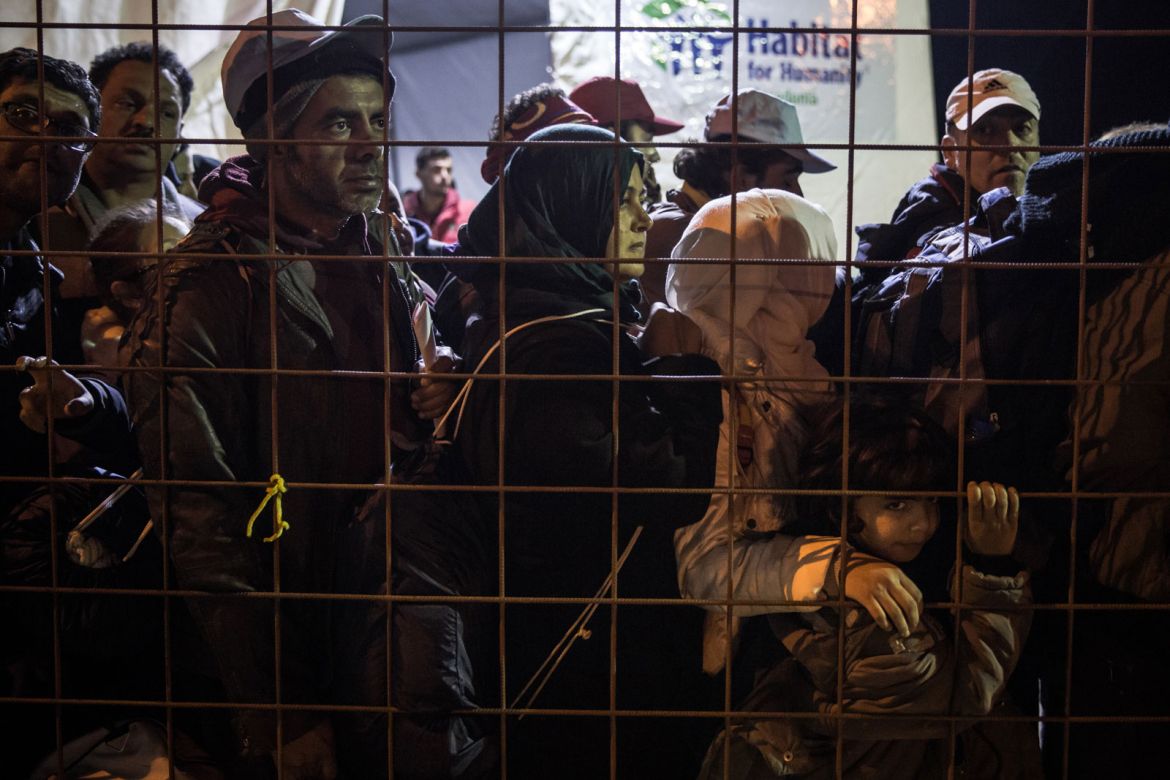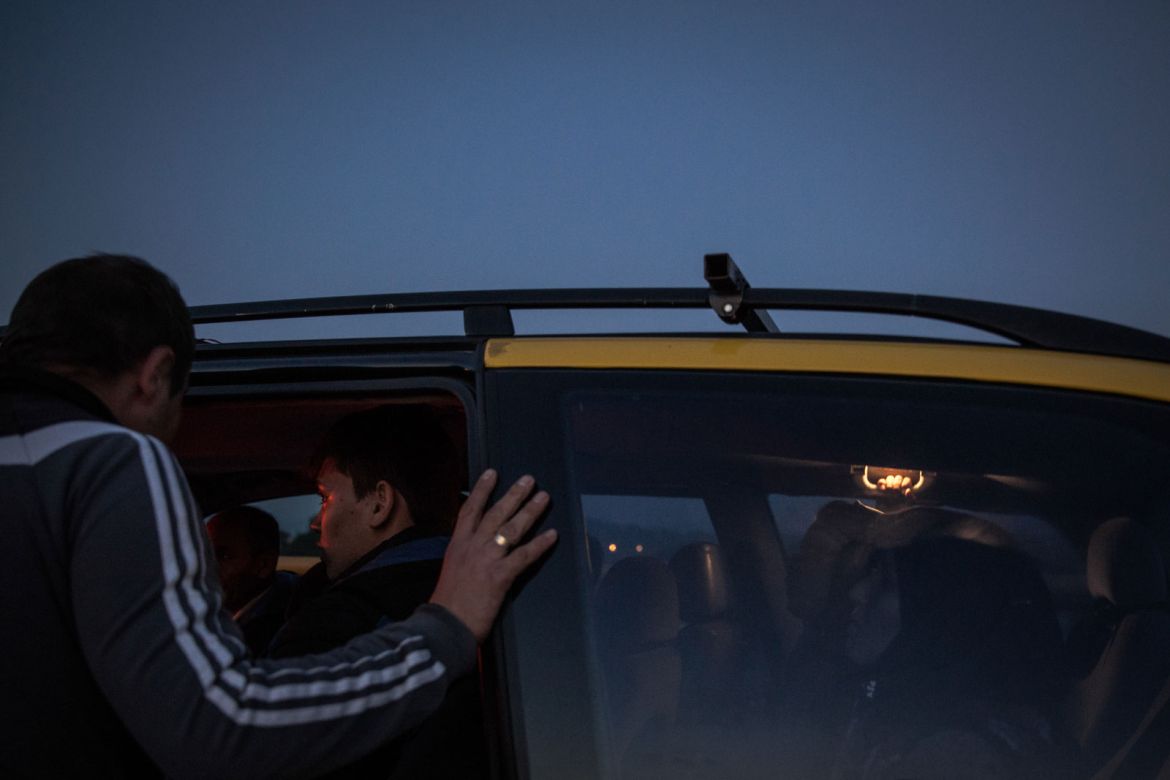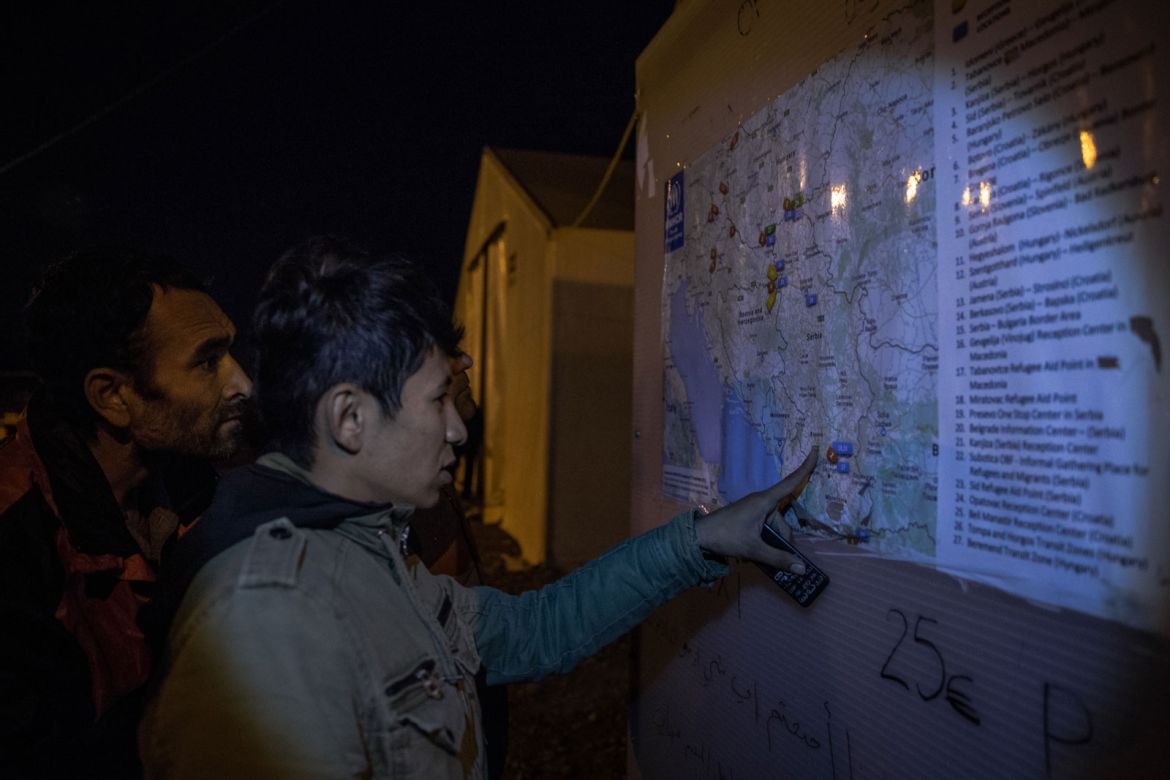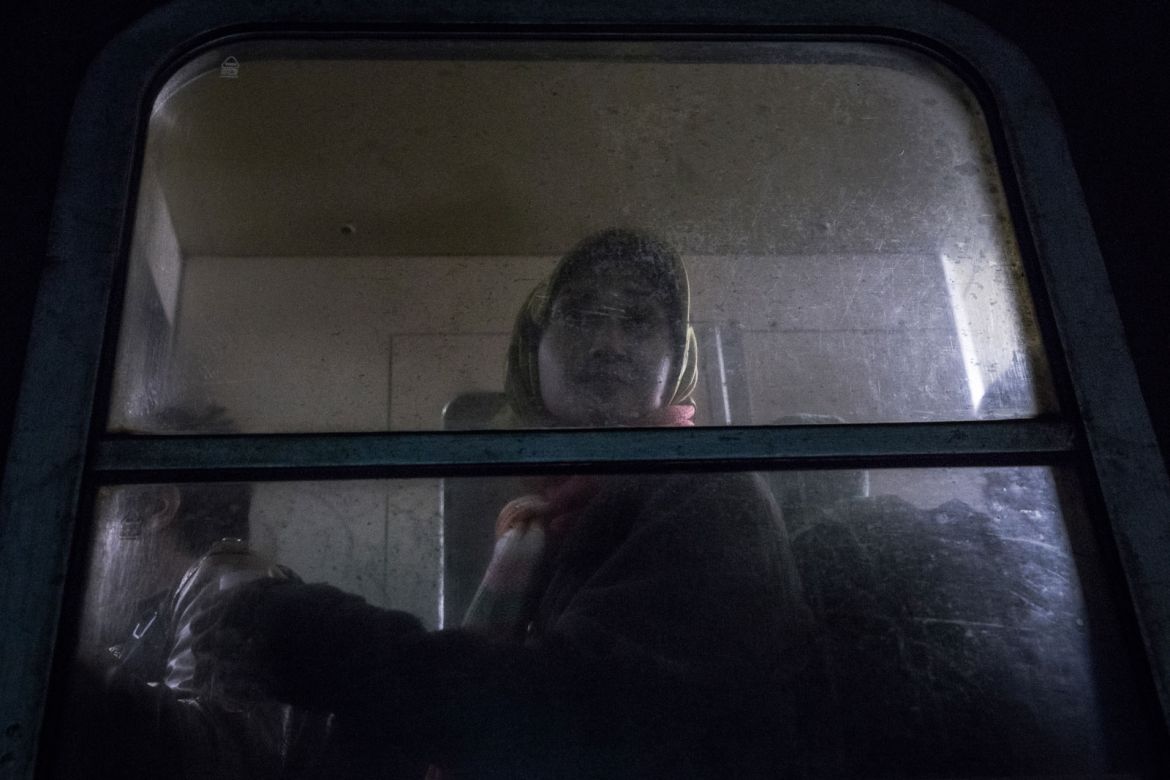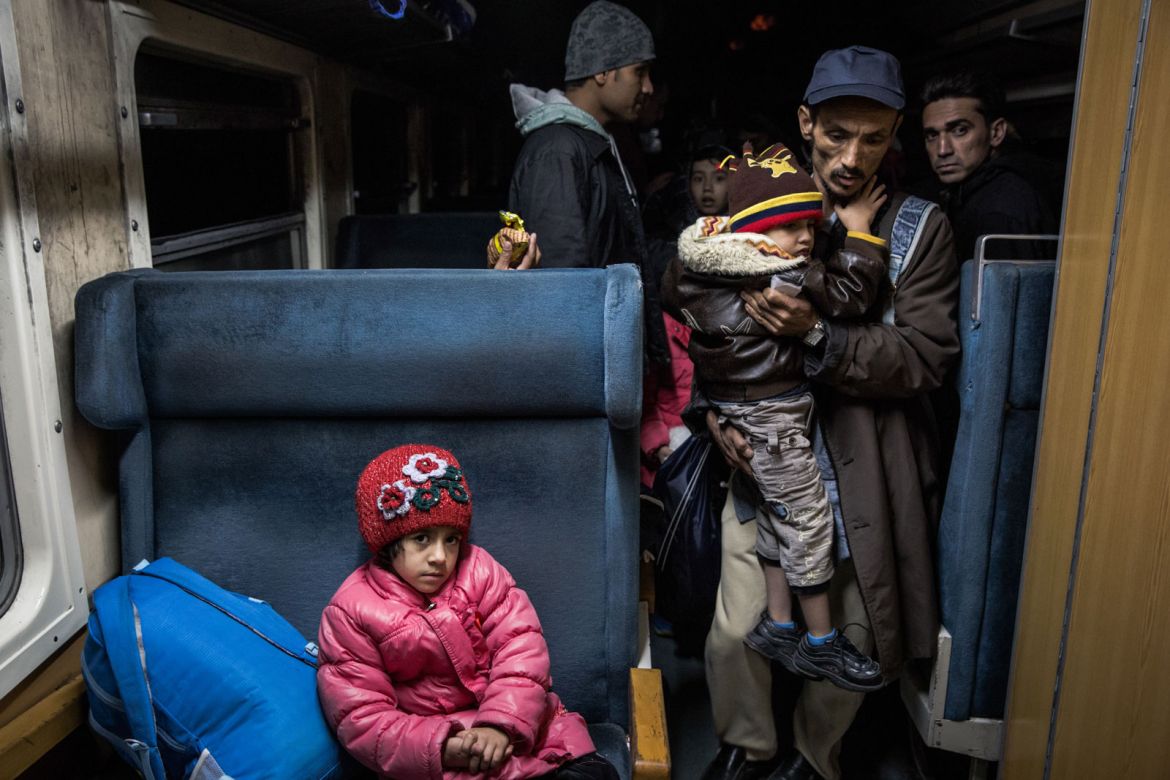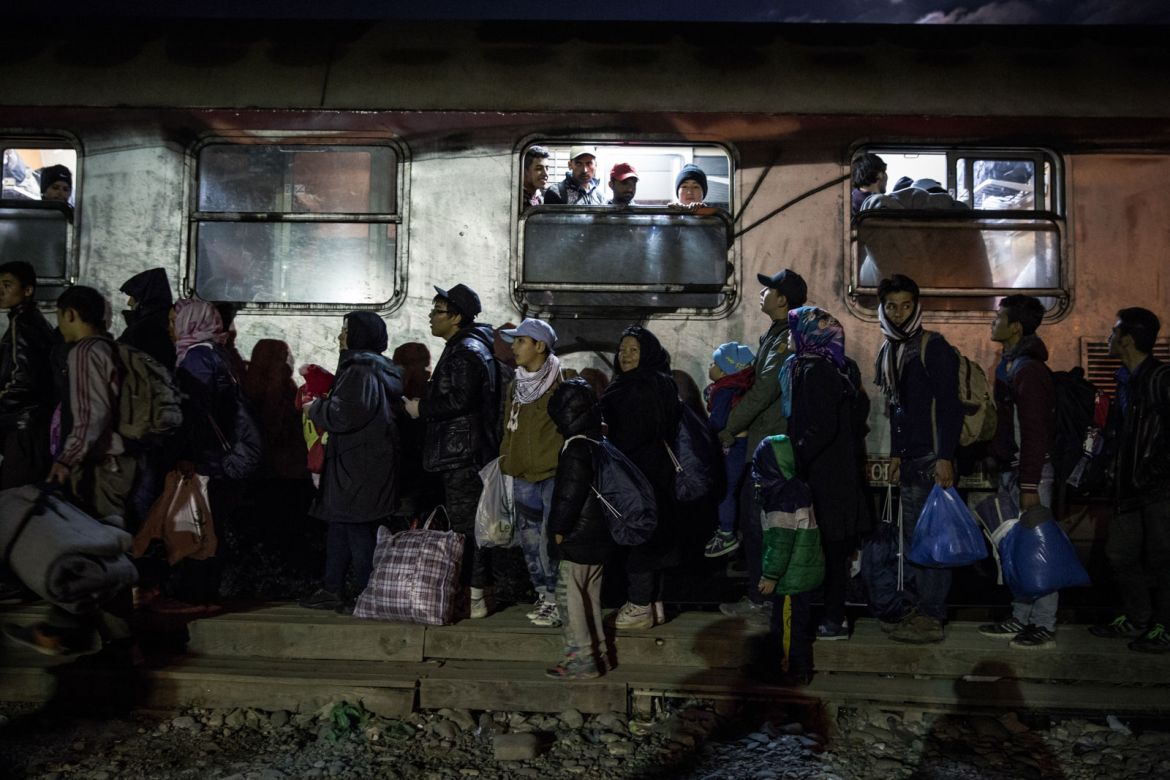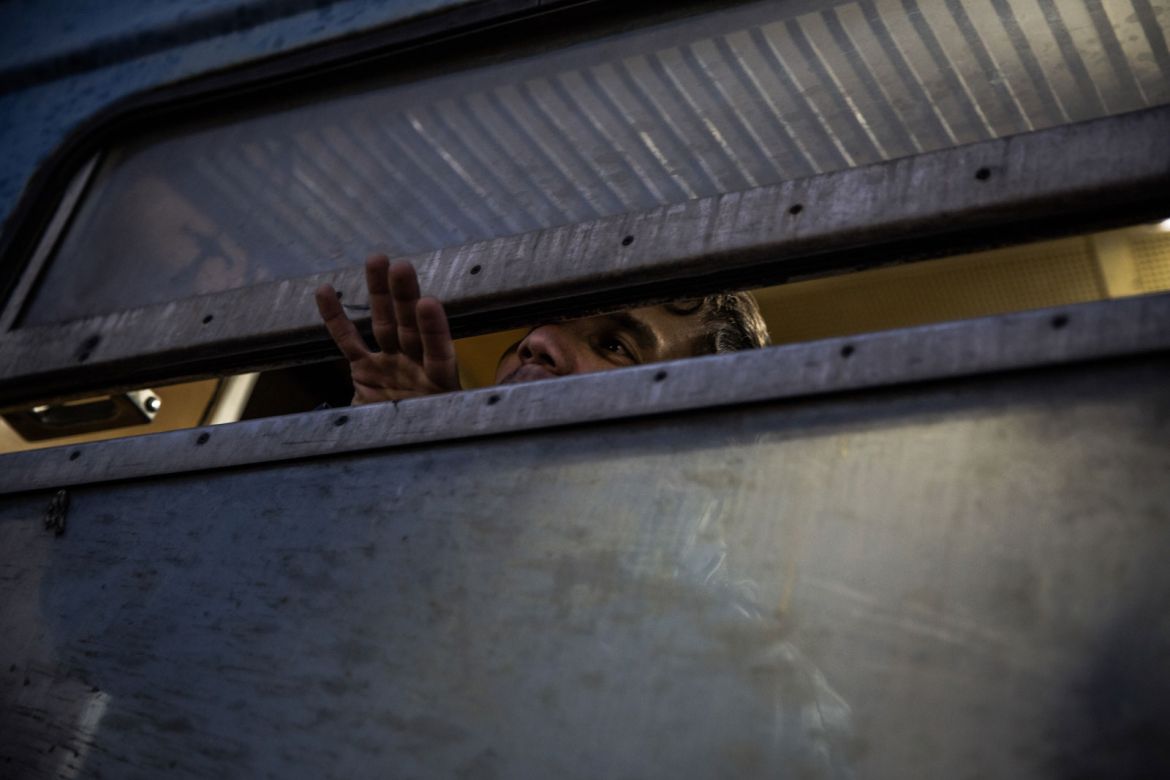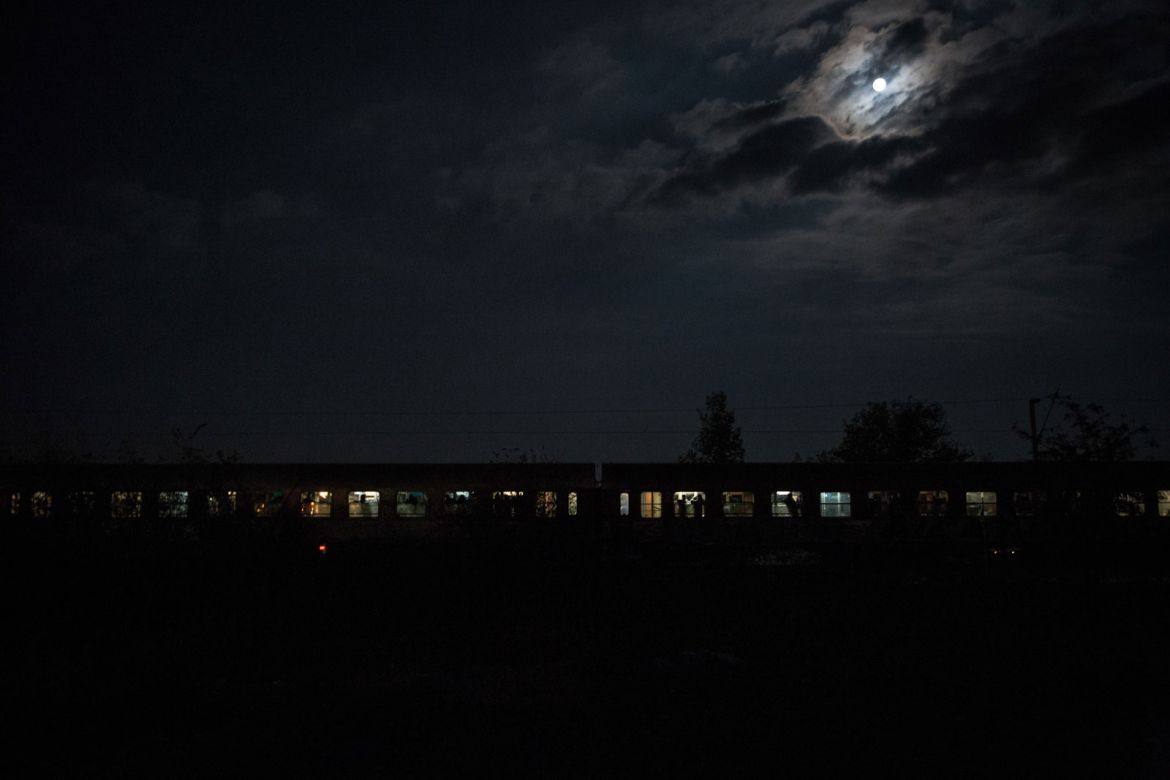In Pictures
Passing through the Gevgelija refugee transit camp
Transit camps established throughout the refugee route offer support and shelter for thousands on the journey north.
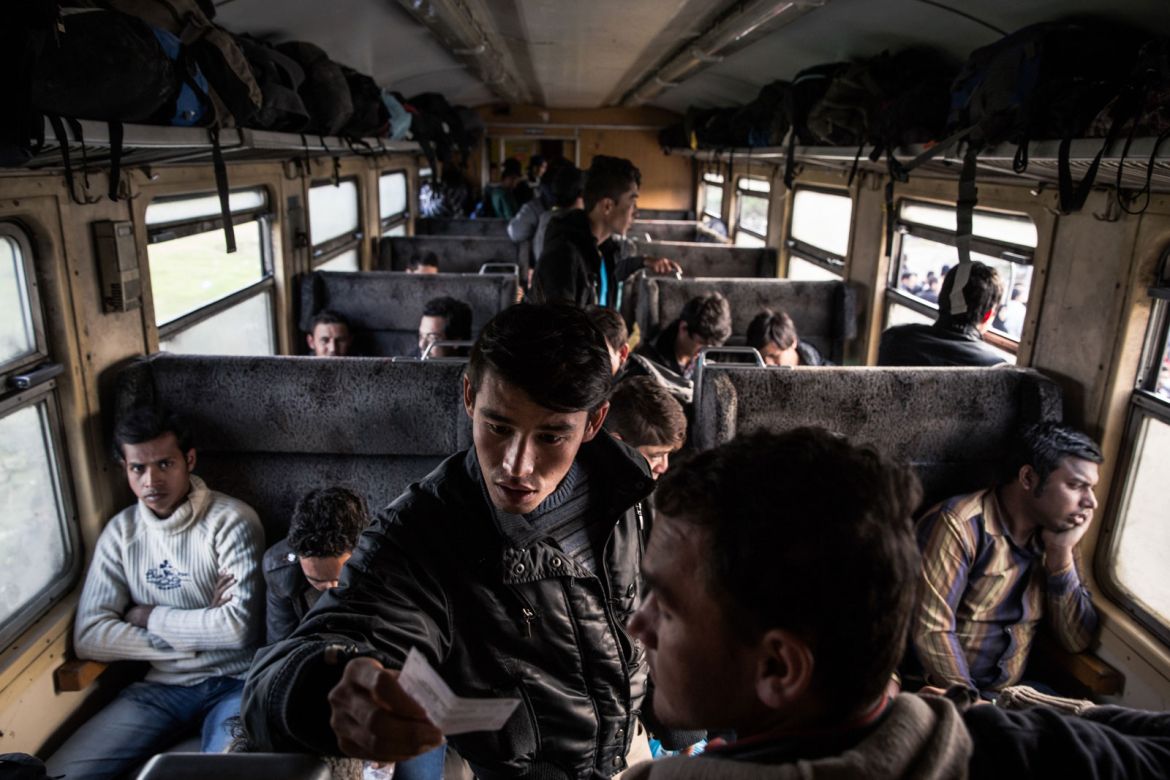
Gevgelija, Macedonia – Even if their numbers continue to increase, scenes with refugees sleeping on the train tracks, out in the rain, are rarely seen these days in Europe. The process has become more organised. Transit camps have been established near the borders, such as the one in Gevgelija, at the border between Macedonia and Greece.
Around 7,000 refugees arrive in the transit camp in Gevgelija every day. “A huge increase” since July, when there were 1,200-1,500 refugees arriving daily, according to Lorenzo Leonelli, a UNHCR field officer.
RELATED: The unsung heroes of the refugee crisis
Refugees arrive in groups of around 50. They cross the border on foot from a similar camp in Greece. Past the 59km milestone, after a vineyard, they arrive outside the fences of the Gevgelija transit camp.
Once there, they wait until those who have arrived before them are registered by the Macedonian border police. Once inside, they allow themselves to rest for 15-20 minutes or a few hours, depending on the train schedule.
They receive medical care, food, clothing and blankets. Children find a safe place to play. When the train arrives, they move on towards Tabanovtse, at the border with Serbia. And then the next group arrives. And then the next. Day and night. Every day.
Macedonia is a small country with an estimated population of two million people. It is not an EU member state, but faces the same influx of refugees as the other European countries.
Dr Bertrand Desmoulins, a UNICEF representative, said he was concerned about what will happen to countries such as Macedonia as borders to the north close. He believes they need to prepare for the possibility that thousands of refugees will be stranded in Macedonia. “The EU should be helping countries like Macedonia […] So far, we cannot be very enthusiastic about what the EU has done in terms of trying to solve or mitigate the refugee crisis.”
“Countries should not be left alone,” Leonelli agrees. “This is a regional issue and should be dealt [with] at a regional level.”
RELATED: Tears and mourning in France
